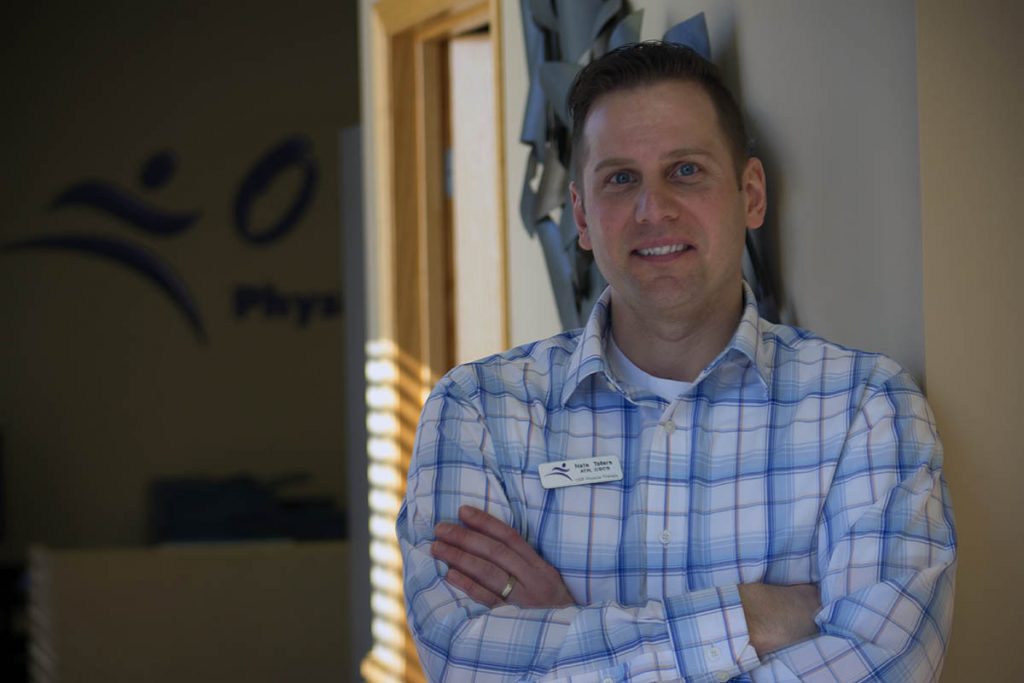
Nate Tellers, Director of Athletic Training Services for OSR, has been an athletic trainer for close to 15 years.
Athletic trainers (ATs) are an essential part of the sports medicine team. Athletic training services are beneficial to the athletes. They are also beneficial for the coaches and other team staff members that have the end goal of keeping their athletes healthy and injury-free.
Nate Tellers is the Director of Athletic Training Services for OSR Physical Therapy. He offers up the athletic trainer’s perspective when it comes to keeping injury-free and the value ATs provide.
What do athletic trainers do for athletic department and sports teams?
In general, ATs are either employed by the athletic department or contracted out. This is the case with OSR. We hold athletic training hours at high schools where athletes have an opportunity to come see us.
We also meet with the coaches before every game and practice to have discussions on the health of their team and athletes. We’ll also talk about if anything came up during the week that the coach is concerned about. We discuss what goes on practice and any return-to-play guidelines for athletes, depending on the injury.
What do athletic training hours entail?
When athletes come see us during the athletic training hours, we can evaluate and manage their injuries. We may recommend to someone that they need to go home and perform the exercises we give them to recover from an injury. It also may be that we recommend ice or heat, modify their activity schedule, or even go to physical therapy. But they really can discuss any concerns that they may have about any pain they’re having during practice.
What do ATs do at sports events?
Athletic trainers at sports events are essentially medical coverage for athletes. We’re someone on-site who can provide first aid, give a differential diagnosis, or assess or evaluate an injury on site.
What is the biggest value athletic trainers have to sports?
Injury prevention is the biggest value for sure. You can’t prevent a contact injury or somebody from running into somebody else and taking out their knees. However, you can prevent little injuries from getting to the point where they result in someone tearing the ACL, for example.
What is your advice for injury prevention?
Be in-tuned to your body. For example, if you have swelling your knee, it’s not a good idea participate in an activity because the brain interprets that swelling as an injury and your brain will shut down your knee. That’s why you’ll hear kids coming out and saying, ‘my knee just gave way out there.’ Well, something underlying was taking place and now your knee gave way and buckled and led to a larger injury.
The more an athlete is in-tuned with his or her body, the better able they are to differentiate soreness from a pain that could cause an injury. However, to know the difference between hurt and injury isn’t intuitive for everybody. That’s another benefit that athletic trainers have – to watch for certain indicators and listen to certain cues that may indicate a possible injury.
OSR Athletic Training Services
OSR has school and club outreach programs that offer sports teams an opportunity to build a relationship with our athletic training staff. From injury-prevention programs to holding athletic training hours, our certified athletic trainers work with coaches, staff, physical therapists, and athletes to prevent injury and increase strength and health. Contact one of our offices today to find out more about our athletic training services.


